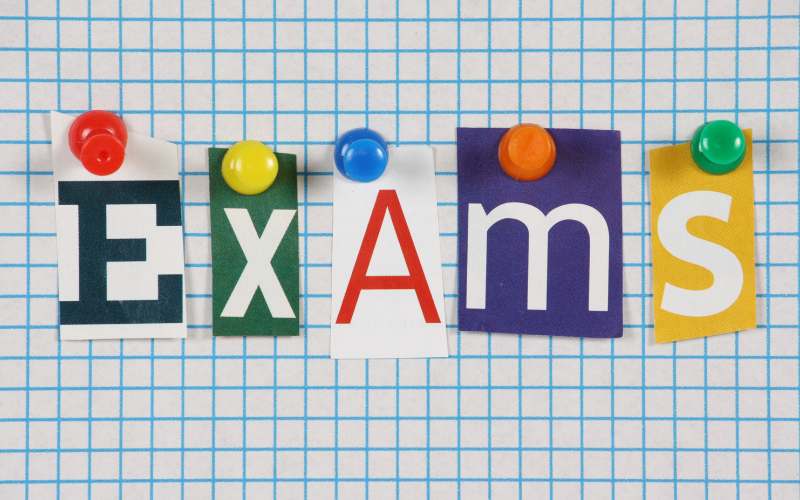How do digital signatures work in Cybersecurity?
October 4, 2022

A communication, piece of software, or digital document can have its integrity and validity verified using a digital signature, which is a mathematical process. It gives much more intrinsic security than a handwritten signature or stamped seal, yet it is the digital version of them. The issue of tampering and impersonation in digital communications is addressed by a digital signature.
The origin, authenticity, and status of electronic documents, transactions, or digital messages may be verified using digital signatures. They can also be used by signers to confirm informed consent. Any message, encrypted or not, can utilize a digital signature as long as the recipient has the assurance of the sender’s identity and that the message was sent intact. Because a digital signature is specific to both the document and the signer and links them together, it is challenging for the signer to claim not to have signed something.
It is simple to sign any outgoing emails and authenticate digitally signed incoming messages because the majority of current email applications accept the usage of digital signatures and digital certificates. Additionally, digital signatures are frequently employed to demonstrate the veracity, accuracy, and nonrepudiation of communications and transactions made via the internet.
Public key cryptography, commonly referred to as asymmetric cryptography, is the foundation of digital signatures. Two keys are produced using a public key method, such as RSA (Rivest-Shamir-Adleman), to create a pair of keys that are mathematically connected, one private and one public.
Public key cryptography’s two mutually authenticating cryptographic keys are how digital signatures function. Data connected to the digital signature is encrypted using a private key by the person who makes it, and can only be decrypted using the signer’s public key.
A fault with the document or the signature is present if the receiver cannot access the document using the signer’s public key. Digital signatures are verified in this way.
With digital signature technology, all parties must have faith that the person who created the signature has protected the confidentiality of the private key. If a third-party gains access to the private signing key, they might forge digital signatures in the private key holder’s name.
What advantages can digital signatures offer?
- The fundamental advantage of digital signatures is security. Digital signatures have security features built in that make sure documents aren’t changed and signatures are authentic. The following security techniques and characteristics are applied to digital signatures:
- Passwords, codes, and personal identification numbers (PINs). used to validate a signer’s identity and to certify that their signature is genuine. The most often utilized techniques are email, username, and password.
- Asymmetric encryption utilizes a public key technique that combines encryption and authentication using both private and public keys.
- Checksum. The total of the right digits in a piece of digital data is represented by a lengthy string of letters and numbers. This string may be compared in order to find faults or changes in the digital data. Data fingerprints are created via checksums.
- periodic redundancy review (CRC). In digital networks and storage devices, an error-detecting code and verification function is utilized to find modifications to raw data.
- Validation by the certificate authority (CA). By accepting, authenticating, issuing, and maintaining digital certificates, CAs serve as trustworthy third parties and provide digital signatures. False digital certificates may be prevented by using CAs.
- Validation by a trust service provider (TSP). A TSP is a natural person or business that validates digital signatures for clients and provides validation results.
Call +1 416-471-4545 or go to https://www.cybercert.ca/ to receive your 25% discount on all cyber security courses.

Lead Instructor qualified in CISSP, CCIE, and MCT with 25 years of training experience in Toronto.
Recent Posts

April 27, 2023
How to Prepare for the CISSP Exam: Tips and Resources
The Certified Information Systems Security Professional (CISSP) certification is a highly sought-after credential in the field of information security. It is a vendor-neutral certification that is recognized globally and indicates a high level of proficiency in the field of cybersecurity. Passing the CISSP exam requires a lot of dedication, hard work, and preparation. In this […]
Read More
April 25, 2023
The Best Practices and Standards for CISSP Professionals
CISSP (Certified Information Systems Security Professional) is a globally recognized certification for information security professionals. CISSP professionals are expected to possess a broad range of knowledge and skills in various security domains, such as access control, cryptography, security operations, and software development security. However, possessing knowledge and skills alone is not enough to excel as […]
Read More
April 23, 2023
How to Optimize Your Cloud Costs and Performance
In today’s world, businesses rely heavily on cloud computing to store and process their data. The cloud has become an essential part of modern computing infrastructure, providing businesses with cost savings, scalability, and flexibility. However, the benefits of cloud computing have some challenges. One of the most significant challenges businesses face is how to optimize […]
Read More